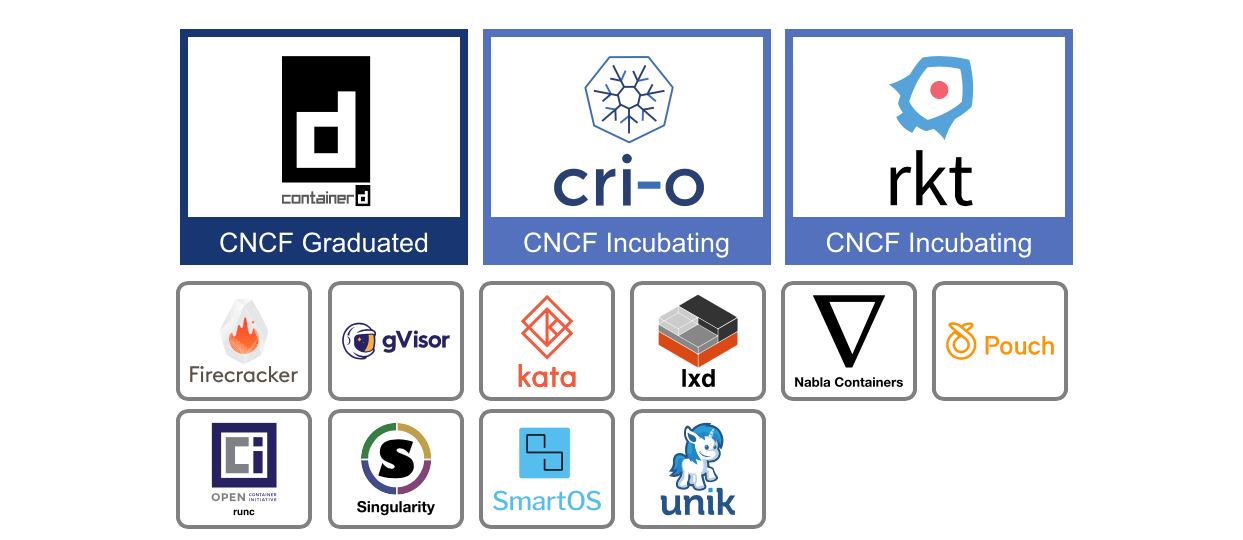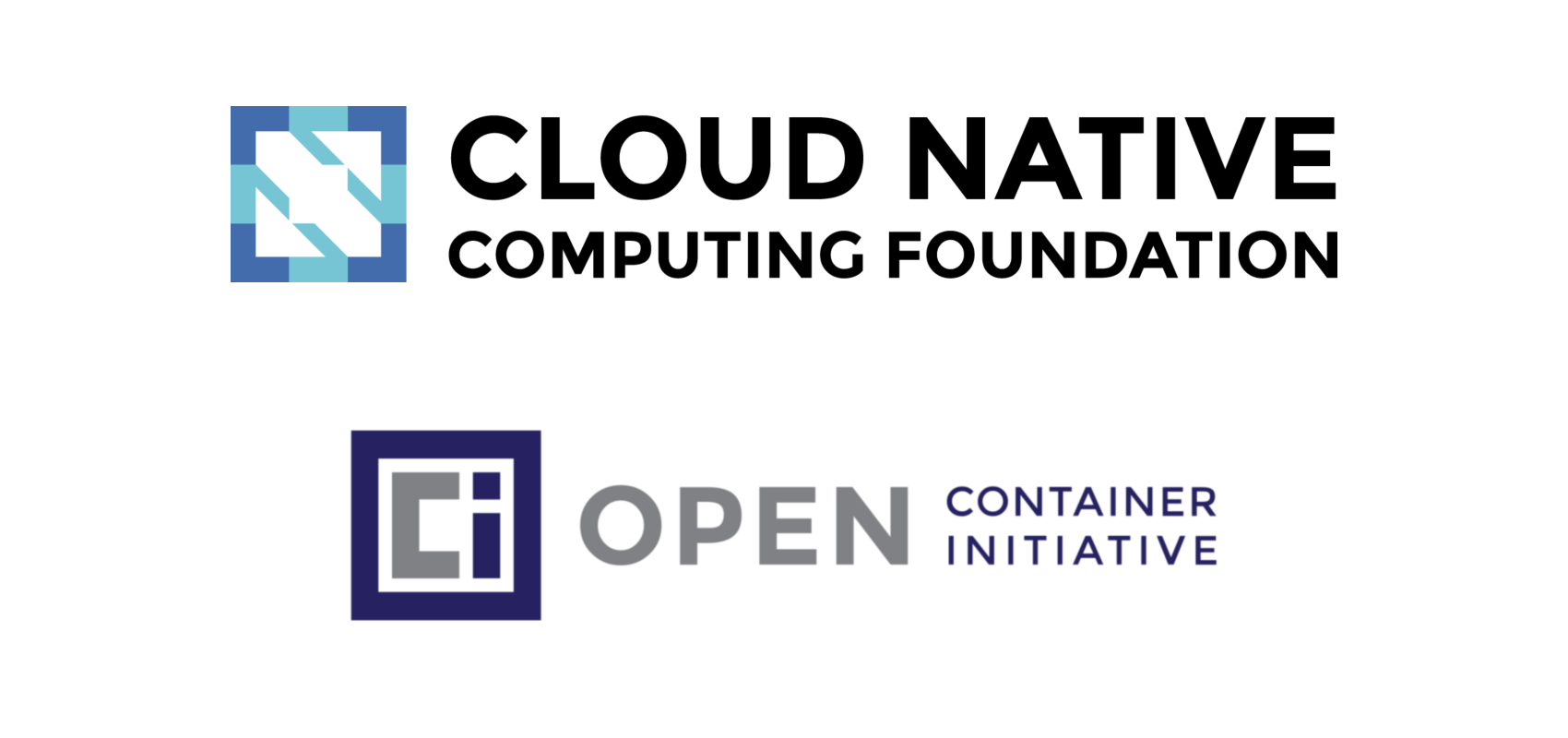Demystifying Containers

About Me
saschagrunert



mail@
.de
About the Series
- series of blog posts and corresponding talks
- all about containers from a historic perspective
Part II: Container Runtimes
historic background
runc
CRI-O
What is a Container Runtime?
systemd-nspawn, NixOS containers
CRI-O, Kata Containers, Firecracker, gVisor, containerd, LXC, runc, Nabla Containers

A brief History
2008
Linux Containers (LXC)
cgroup and namespace technologies for
isolated applications
Let Me Contain That For You
(LMCTFY)
API driven configuration
hiding the internals of cgroups
2013
Docker
package containers into images
containers should be a standard software unit
libcontainer
main container management part of docker
LMCTFY benefits migrated into libcontainer
2015
Kubernetes 1.0

OCI Runtime Specification
API for developing container runtimes
direct interface to libcontainer
used by CRI-O, podman, containerd (Docker), ...

Running Containers
OCI configuration is described as JSON
runc is a low-level container runtime
security features already supported:
AppArmor, seccomp, SELinux
rootless mode possible
The Kubernetes
Container Runtime Interface (CRI)
2016
standard API for container runtimes
Kubelet connects via gRPC to the container runtime
// Runtime service defines the public APIs for remote container runtimes
service RuntimeService {
rpc CreateContainer (...) returns (...) {}
rpc ListContainers (...) returns (...) {}
rpc RemoveContainer (...) returns (...) {}
rpc StartContainer (...) returns (...) {}
rpc StopContainer (...) returns (...) {} rpc ListPodSandbox (...) returns (...) {}
rpc RemovePodSandbox(...) returns (...) {}
rpc RunPodSandbox (...) returns (...) {}
rpc StopPodSandbox (...) returns (...) {}
}Workload creation in Kubernetes starts with PodSandbox setup



That’s it.
https://github.com/
saschagrunert/demystifying-containers
